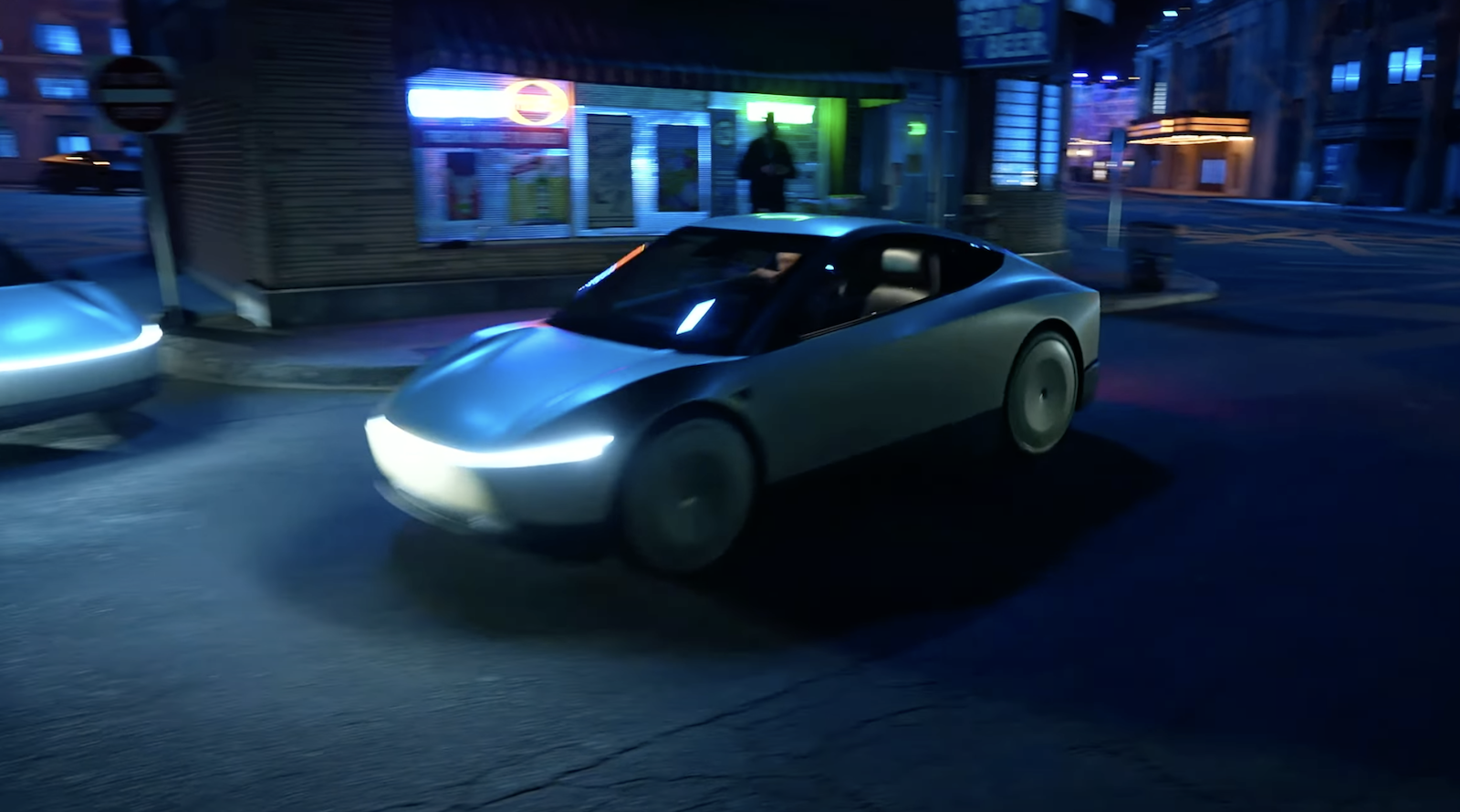Sign up for daily news updates from CleanTechnica on email. Or follow us on Google News!
We have speculated on many occasions that some legacy automakers may not survive into the next decade, whether because of the their inability to navigate the dangerous crosscurrents of the EV revolution, or because they don’t have the technical skills to manage the “car as computer on wheels” transition, or because they simply cannot remain profitable in a hyper-competitive marketplace filled with startup companies hungry to make their mark in the world. The elephant in the room is not Tesla, or AI, or automated driving systems. No, the elephant in the room is China, which has poured hundreds of billions of dollars into making its auto industry a juggernaut that can build cars faster and cheaper than anyone ever thought possible.
According to Bloomberg, one of the companies that is starting to find itself caught outside in the cold is Nissan. Despite a plan by its current CEO, Makoto Uchida, to boost sales and profits, in July Nissan slashed its operating profit projection through March of next year from ¥600 billion for the year through March 2025, down to ¥500 billion ($3.3 billion). That was far more than industry analysts expected and was the result of weak sales in China and the US — its two biggest markets. Nissan stock fell more than 11% on the news.
Those disappointing results followed recent worldwide production cuts that were already fueling concerns over the company’s ability to achieve Uchida’s targets. In June, Nissan shut a factory in China and reduced employee shifts in Mexico, a market where it is the top selling brand. These moves came after the company also halted production in Indonesia and Spain in the past few years. “Nissan set quite a bold target of adding 1 million sales in the next three years, but no one trusts it, as in actuality, the company is reducing capacity,” Seiji Sugiura, senior analyst at Tokai Tokyo Intelligence Laboratory told Bloomberg in July.
Nissan Sales Are In Free Fall
Nissan sales worldwide were down 5.5% in August, Nissan’s fifth consecutive monthly decline. Its biggest problem areas were China and the US, two markets Nissan relies on for roughly half its global volume. In China, sales slumped 24%. That’s bad but not a surprise, given that Nissan has closed a factory there and is cutting production capacity after years of deteriorating performance. The company is having a hard time keeping up with local carmakers who are offering electric vehicles loaded with high-tech features that appeal to Chinese consumers.
In the US — where Chinese cars are scarcely available due to tariffs — Nissan is facing an altogether different issue, Bloomberg says. The company has no hybrid models to offer customers at a time when hybrids and plug-in hybrids are gaining market share. Nissan sales in the US slipped 0.1%, the first monthly decrease since April. The decline came despite Nissan’s efforts to tame inventory in North America by increasing incentive spending. Uchida said in July his focus was on clearing the stock of cars on dealer lots, but that plan does not seem to be going well.
In the first half of 2024, the average Nissan dealership in the US earned 70% less in profit than in the same period a year ago, Automotive News reported last month. Americans simply aren’t buying Nissans like they used to, despite a splurge on advertising and sales incentives. Car lots are still stuffed with 2023 models. 2024 models will be leftovers as well, as 2025 models from other manufacturers are scheduled to go on sale soon. “To clear the inventory, Nissan will either have to bring in new models or cut prices,” said James Hong, an analyst at Macquarie Securities Korea. While the carmaker recently launched the Infiniti QX80 sport utility vehicle and Nissan Kicks crossover, the two are lower volume models and will do little to reduce the stockpile, he said.
Meanwhile, the top selling EV from Nissan in the US — the Ariya SUV — isn’t eligible for the federal tax credit of up to $7,500 because it’s made in Japan. Nissan has gotten around this somewhat by taking advantage of credits available to leased vehicles. It’s offering leases for as low as $199 a month, making the Ariya one of the better EV bargains around. Even so, data from car-shopping researcher Edmunds show Nissan still has among the highest levels of inventory in the country among major automakers. Nissan has pledged to launch seven new hybrids and EVs in the US by 2028. The question is whether consumers will wait around that long, or look elsewhere.
The operating profit at Nissan plunged last quarter by an alarming 99%, leading management to lower its outlook for the year ending in March and trim its full year sales target to 3.65 million units. Equity investors are clearly concerned — Nissan’s shares are down 27% this year — and credit analysts are starting to pen reports with alarming headlines. S&P Global cut Nissan’s credit rating to junk in March of last year. Nevertheless, Nissan plans to buy back ¥79.9 billion of its shares from Renault as part of an agreement to re-balance its alliance with the French carmaker. The repurchase will send funds Renault’s way as it competes with Chinese automakers pushing into Europe. Nissan is looking closer to home for help, teaming with Honda and Mistubishi on software and electric car development.
Aside from monthly sales reports, investors will get their next look at Nissan’s results in November, when the company is due to report its earnings for the quarter ending this month. If sales in the US and China don’t improve, those numbers are poised to disappoint, Bloomberg says.
The Takeaway
Every carmaker on the planet has caught hybrid and plug-in hybrid fever. Ford and GM both say they will be adding new hybrid and PHEV models to their product lineup soon. But Nissan has none of those cars to sell in the US and is finding tough sledding in China where domestic manufacturers are making cars for about half what it costs other companies like Nissan.
Nissan is certainly not alone in seeing its “business as usual” paradigm disrupted. Other legacy automakers like Volkswagen are also seeing their sales and profits shrink.The question is whether Nissan can adapt and adjust. China, of course, is driving the creative destruction in the auto industry today. It is cranking out around 9 million more cars a year that it can sell at home, and finding other countries are rushing to erect tariff barriers to protect their domestic companies. There is going to come a crunch in the industry. The industrial nations of the world simply cannot afford to let China decimate their auto manufacturers. Things are about to get ugly, and several well known manufacturers may not survive the coming turmoil. Nissan is in danger of being one of them.

Have a tip for CleanTechnica? Want to advertise? Want to suggest a guest for our CleanTech Talk podcast? Contact us here.
Latest CleanTechnica.TV Videos
CleanTechnica uses affiliate links. See our policy here.
CleanTechnica’s Comment Policy




